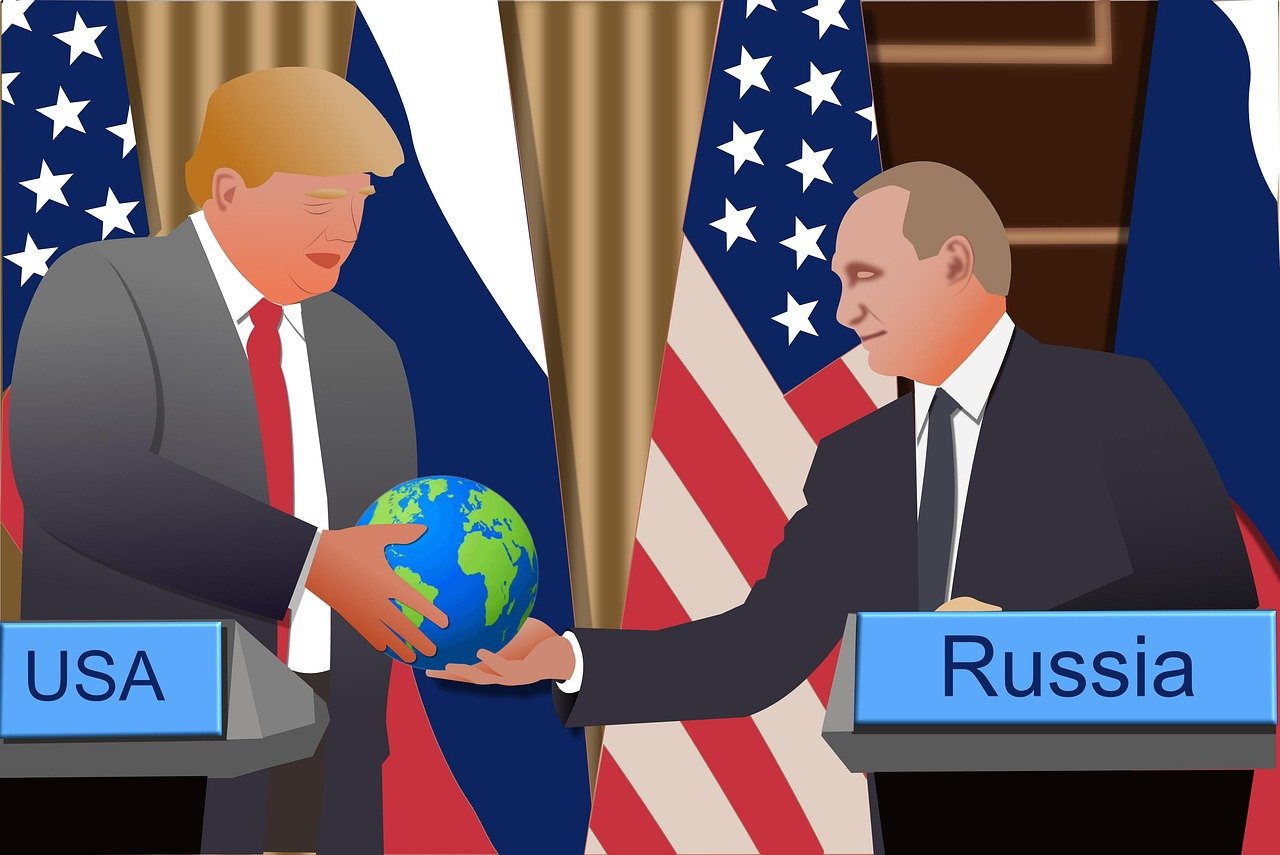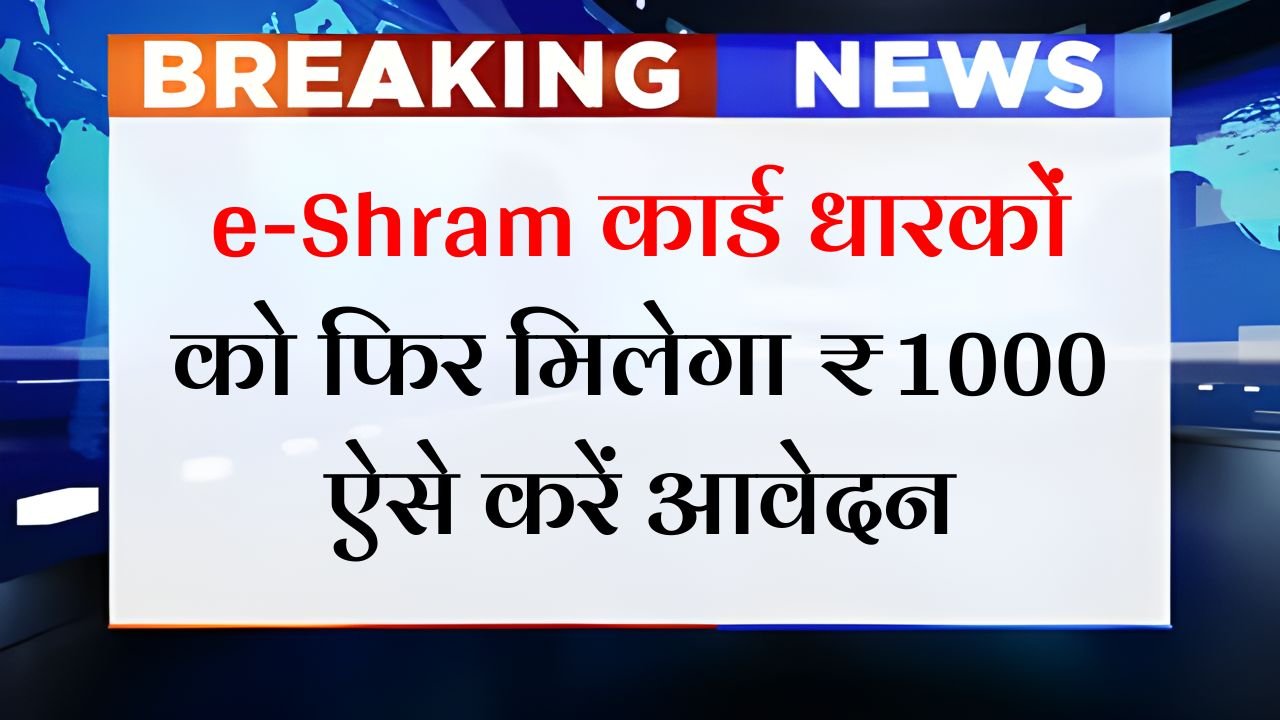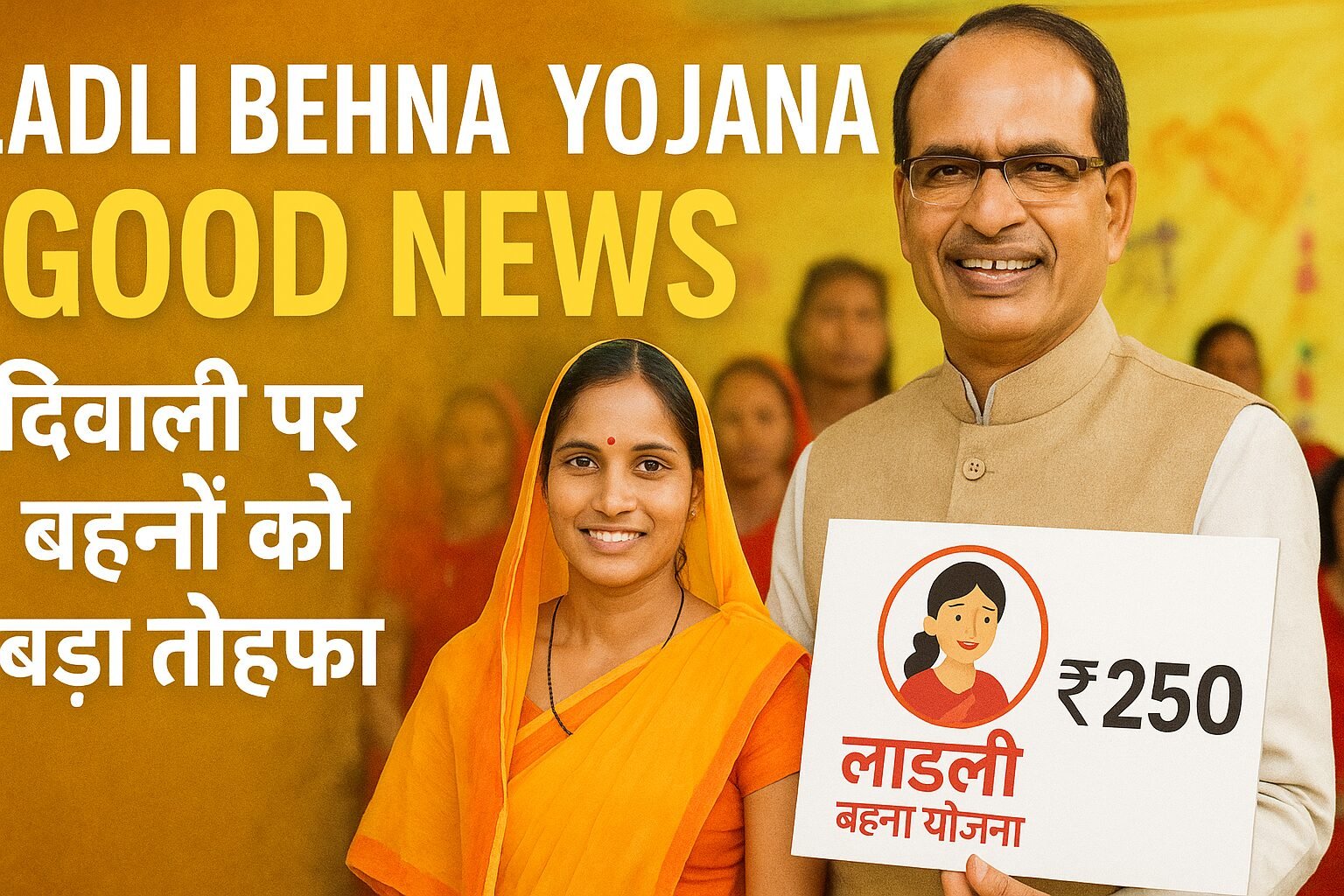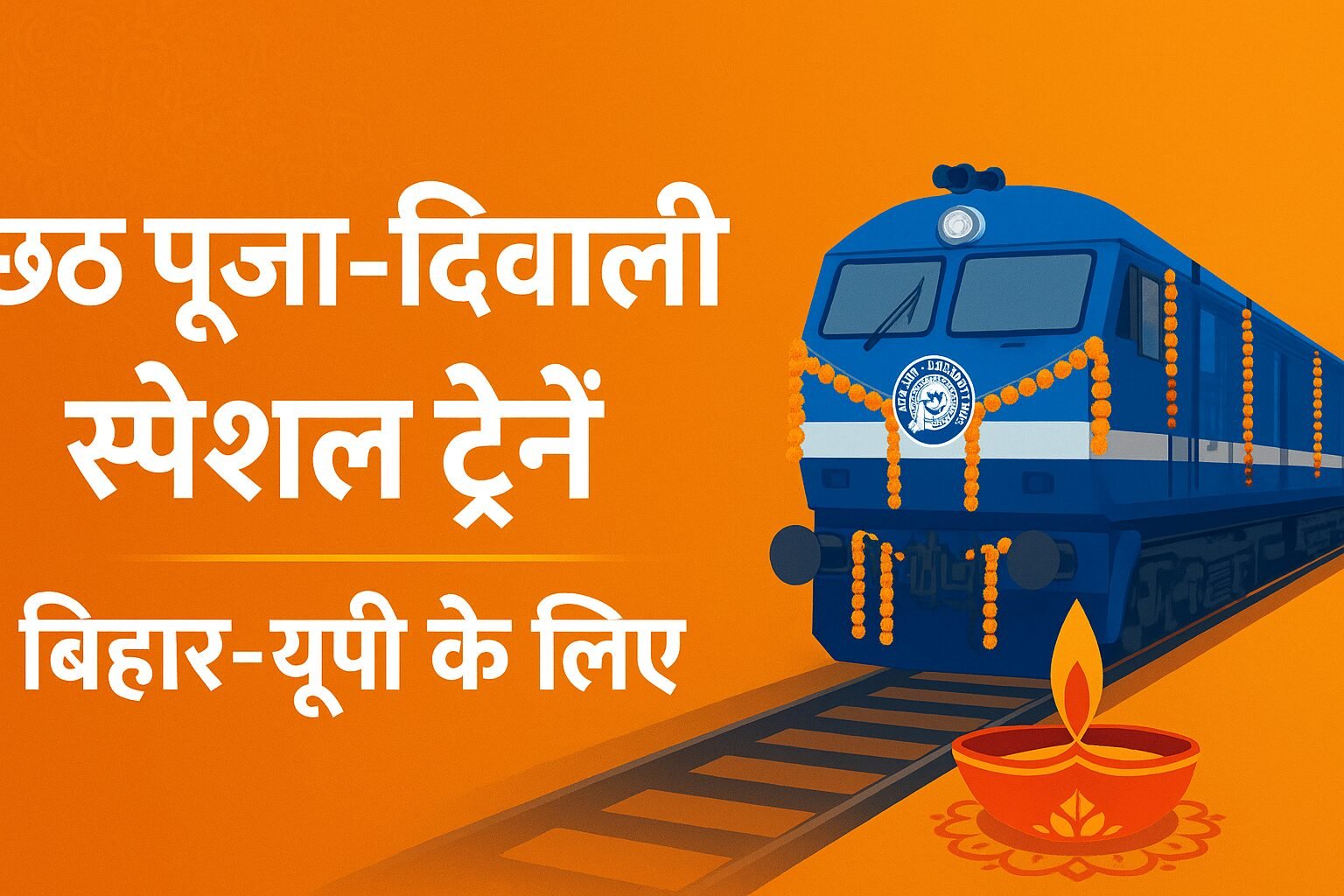Outline

Introduction
Trade isn’t just about goods crossing borders—it’s about power, politics, and leverage. Right now, India finds itself caught between Russian oil on one side and American corn on the other. The United States, once a strong economic ally, is increasingly using tariffs as a tool to influence New Delhi’s decisions. What started as quiet disagreements over cheap Russian oil has now spilled into the agricultural sector, with corn becoming the latest flashpoint.
So, what’s really going on here? Let’s break it down.
Background of US-India Trade Relations
The United States and India have always had a complicated yet growing trade relationship. The US is one of India’s biggest trading partners, with billions of dollars exchanged every year. From pharmaceuticals to technology, and from textiles to machinery, the two economies have deep ties.
But it hasn’t been smooth sailing. Disputes over dairy products, steel, and even Harley-Davidson motorcycles have flared up in the past. Each side wants to protect its industries, and tariffs often become the weapon of choice.
The Russian Oil Connection
After Western sanctions hit Moscow, Russia started selling crude oil at steep discounts. India, being an energy-hungry economy, grabbed the opportunity. Why wouldn’t it? Cheaper oil means savings worth billions and relief for its citizens.
But for Washington, this move undercuts its sanctions strategy. The US wants to isolate Russia, not give it new markets. This is where friction begins: India says it’s looking out for its national interest, while the US sees it as undermining Western unity.
Shift from Oil to Corn: A New Battlefield
Now comes the twist—corn. At first glance, it seems unrelated. But agriculture is as political as energy. With India buying cheap oil from Russia, the US is turning up the heat elsewhere.
By pushing corn exports into India and pressuring through tariff negotiations, Washington is signaling: if you don’t align on oil, expect a fight in other markets. For India, this threatens its local corn industry, which supports millions of farmers.
The US Strategy with Tariffs
For decades, the US has used tariffs as more than just economic shields—they’re bargaining chips. Whether it was China, Mexico, or now India, tariffs allow Washington to squeeze partners into making concessions.
Think of it like poker: the US raises the stakes, forcing the other player to decide whether to fold, match, or go all in. With India, it’s the same playbook.
India’s Position on Tariffs
India has its own philosophy—self-reliance, branded as Atmanirbhar Bharat. The country wants to protect its farmers and industries from cheap imports. Accepting a flood of American corn could collapse local prices, spark rural unrest, and destabilize the economy.
So, New Delhi pushes back, arguing that trade should be fair, not one-sided.
The Role of WTO in the Dispute
When tariff fights escalate, the WTO usually steps in. But here’s the problem—the WTO often moves at a snail’s pace. Past disputes between India and the US have dragged on for years, with no quick resolutions.
That means, in practice, both sides rely more on political bargaining than legal rulings.
Impact on Indian Farmers
For Indian farmers, American corn is a double-edged sword. On one hand, cheaper imports mean higher competition and falling prices. On the other, access to better-quality seeds and technology could boost yields.
But realistically, most small farmers can’t survive a price war. This makes tariffs a lifeline for rural India.
Impact on American Farmers
Meanwhile, American farmers have their own headaches. A surplus of corn means they desperately need new markets. With China playing hardball and other buyers shrinking, India looks like a golden opportunity.
And don’t forget politics—farm states are crucial in US elections. No government wants to upset farmers back home.
Global Ripple Effects
When two giants clash, the world feels the tremors. Other agricultural exporters like Brazil and Argentina watch closely, while smaller Asian countries wonder if they’ll be caught in the middle.
This isn’t just about India—it’s about how the US uses tariffs to assert dominance in global trade.
India’s Possible Responses
India isn’t powerless. It can slap counter-tariffs on American goods, deepen ties with Russia and China, or boost domestic subsidies for its farmers. The government has several cards in hand—it just needs to play them wisely.
Geopolitical Underpinnings
This fight isn’t just economic—it’s geopolitical. Oil, corn, and tariffs are tools in a bigger game involving alliances, security, and influence.
The US wants India closer in its orbit, especially against China. But India doesn’t want to give up its strategic independence.
Long-Term Outlook for US-India Trade
Will this tariff battle spiral into a full-blown trade war? Possibly not. Both sides need each other too much. But tensions could simmer for years, with periodic flare-ups over oil, agriculture, or technology.
Public Sentiment in India
For the average Indian, this issue feels like déjà vu. Whenever foreign imports threaten farmers, protests erupt. Political parties use the anger to rally support, and media headlines fuel the fire.
Tariffs aren’t just numbers—they’re tied to livelihoods, pride, and national security.
Conclusion
At its core, the clash over Russian oil and American corn is about more than economics. It’s about power, strategy, and survival in a world where trade is weaponized.
India wants affordable energy and farmer protection. The US wants loyalty and markets for its farmers. Both are right in their own way, but when interests collide, someone has to bend. The coming years will reveal whether it’s India, the US, or perhaps both.
FAQs
1. Why is the US targeting India with tariffs?
Because India’s purchase of cheap Russian oil undercuts US sanctions, Washington is applying pressure through agriculture tariffs.
2. How does Russian oil tie into the corn issue?
India’s oil deals anger the US, so tariffs on American corn exports are being used as leverage in trade negotiations.
3. Will Indian farmers benefit or suffer?
Most Indian farmers could suffer, as cheaper American corn threatens to reduce local prices and incomes.
4. Can India retaliate effectively?
Yes, India can impose counter-tariffs, seek new trade partners, and strengthen self-reliance policies.
5. What does this mean for global trade stability?
It signals more instability, as tariffs are increasingly being used as political weapons, not just economic tools.











